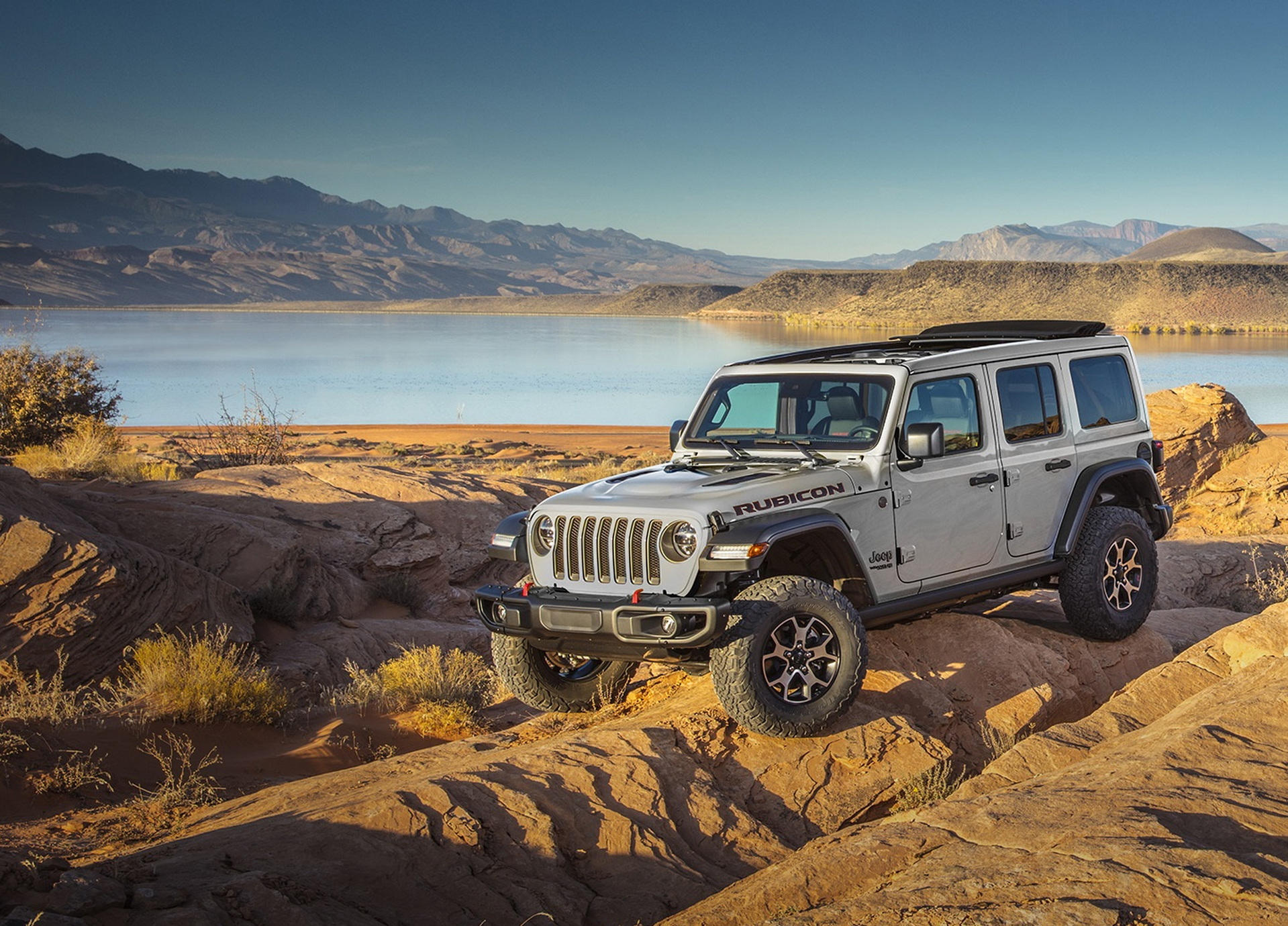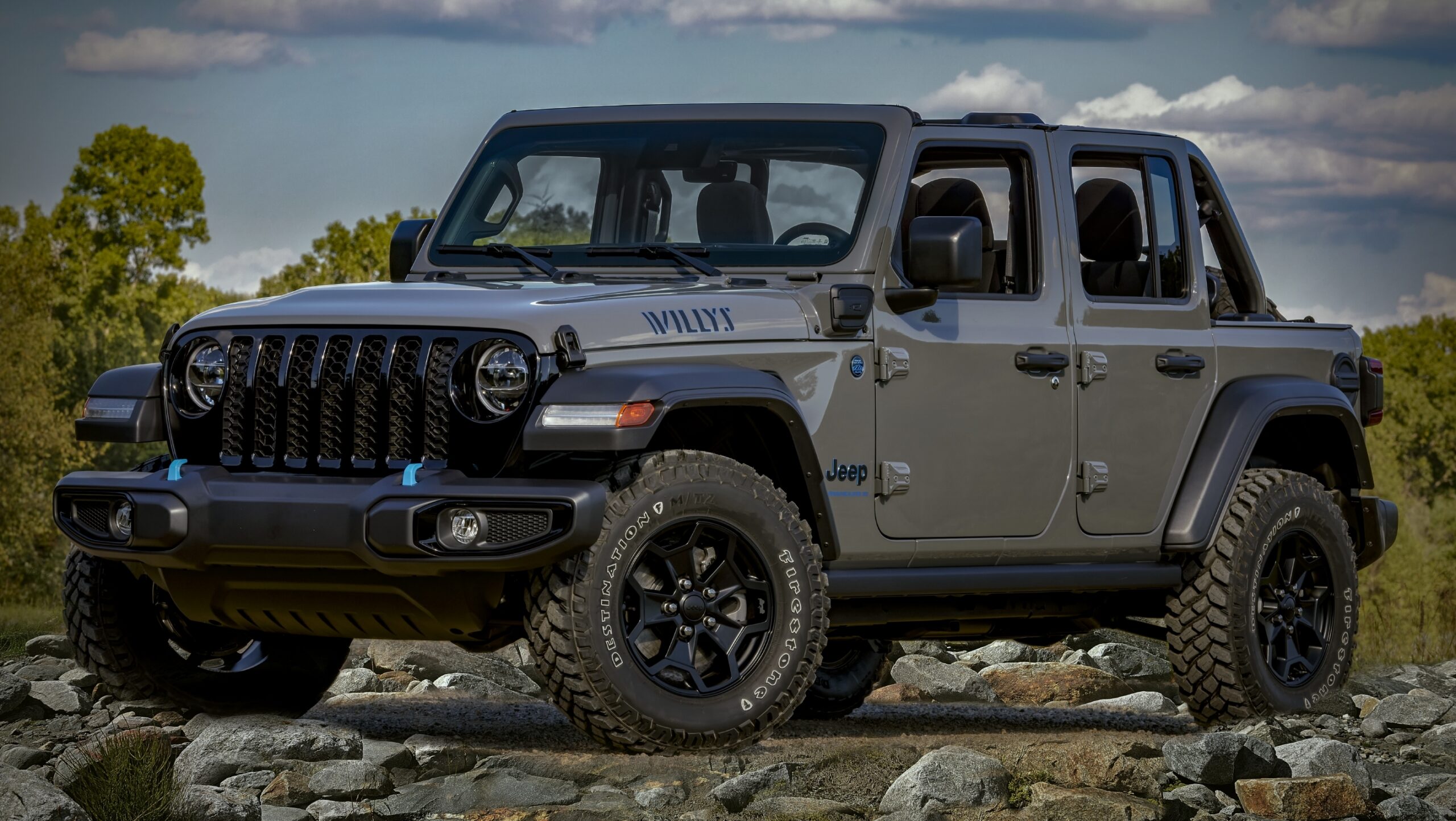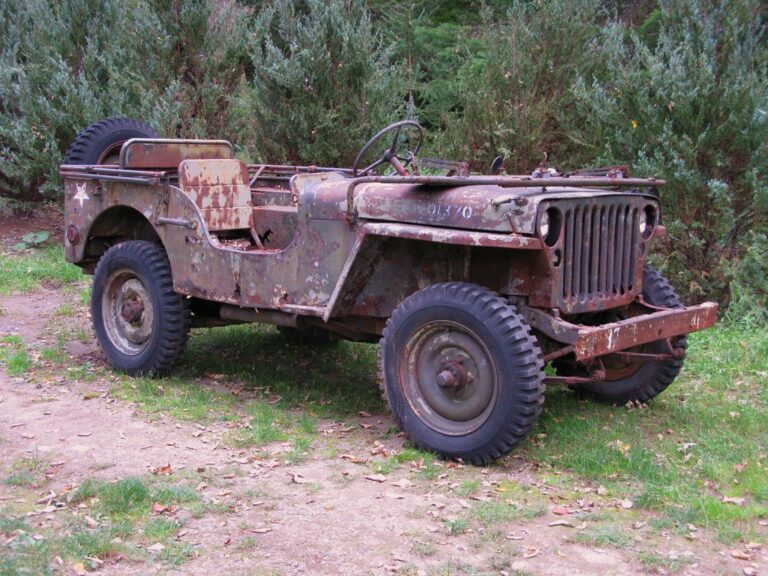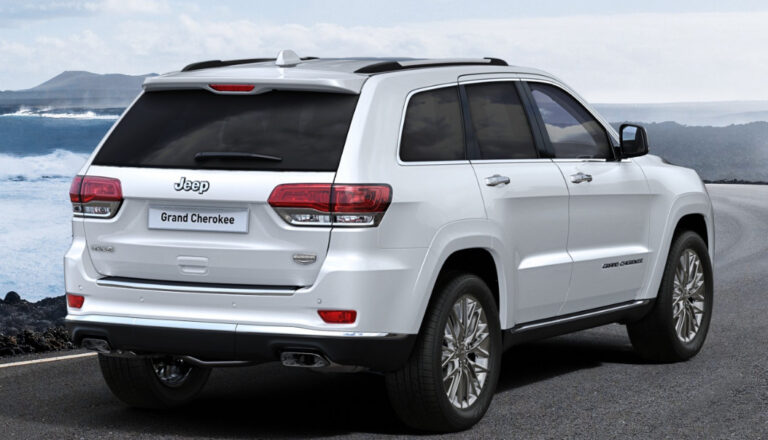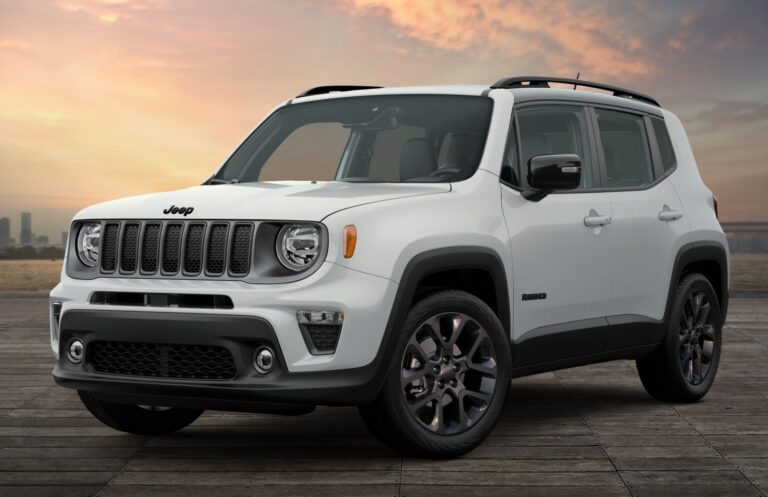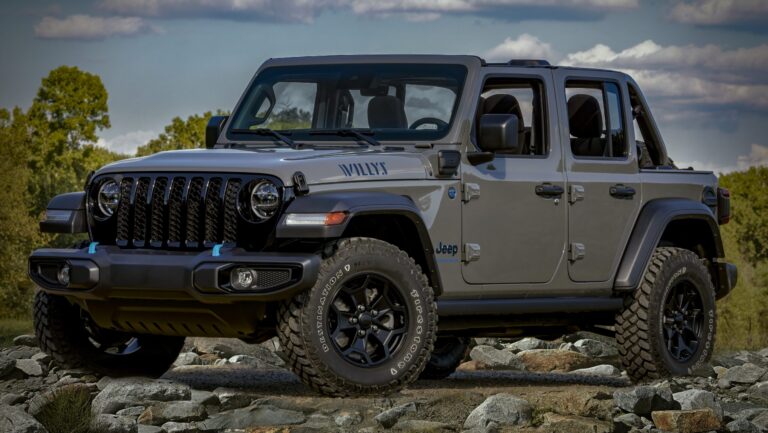Jeep Cherokee V8: A Comprehensive Wikipedia-Style Overview
Jeep Cherokee V8: A Comprehensive Wikipedia-Style Overview jeeps.truckstrend.com
The phrase "Jeep Cherokee V8" evokes images of raw power, rugged capability, and a distinctive American automotive legacy. While the compact Jeep Cherokee (models like the XJ and KL) never officially received a factory V8 engine, the spirit of this powerful combination lives vibrantly within its larger, more luxurious sibling: the Jeep Grand Cherokee. For decades, the Grand Cherokee has offered an array of potent V8 engines, transforming it from a mere SUV into a formidable machine capable of conquering challenging trails, towing heavy loads, and delivering exhilarating on-road performance.
This article aims to serve as a comprehensive, Wikipedia-style guide to the Jeep Cherokee V8 – specifically focusing on the V8-equipped Grand Cherokee models that have shaped its formidable reputation. We’ll delve into its history, explore the various V8 powertrains, discuss ownership insights, and provide practical advice for anyone interested in this iconic vehicle. By compiling key information, technical specifications, and real-world considerations, we aim to offer a definitive resource for enthusiasts and prospective owners alike.
Jeep Cherokee V8: A Comprehensive Wikipedia-Style Overview
The Origins of Power: V8 in the Grand Cherokee Lineage
The Jeep Grand Cherokee, distinct from the smaller Cherokee line, was conceived to offer more luxury and performance. Its introduction marked a significant evolution for the Jeep brand, and with that evolution came the option for more robust powertrains, including the coveted V8.
The ZJ Generation (1993-1998): The V8 Pioneer
The first-generation Grand Cherokee, internally known as the ZJ, debuted in 1993 and quickly set a new standard for SUVs. While initially offered with a 4.0L inline-six, the V8 option arrived swiftly, defining the model’s upscale aspirations.
- 5.2L Magnum V8 (318 cu in): Introduced shortly after launch, this engine was a game-changer. Delivering 220 horsepower and 285 lb-ft of torque, it provided a significant boost in performance over the inline-six, making the ZJ a capable tow vehicle and a quicker road-going SUV. It was known for its robust low-end torque and characteristic Mopar rumble.
- 5.9L Magnum V8 (360 cu in) – Limited: For 1998 only, Jeep unleashed the beast: the 5.9L Limited. This special edition Grand Cherokee pushed the envelope with 245 horsepower and a massive 345 lb-ft of torque, making it the fastest SUV of its time. It featured unique styling cues, a performance-tuned transmission, and remains a highly sought-after collector’s item today.
![]()
The WJ Generation (1999-2004): Refinement and New V8s
The second-generation WJ Grand Cherokee brought significant improvements in ride quality, interior refinement, and safety. It also introduced a new family of V8 engines.
- 4.7L PowerTech V8: This all-new engine replaced the older Magnum V8s. Initially producing 235 horsepower and 295 lb-ft of torque, it was smoother, more efficient, and offered better high-RPM performance. Later versions (HO – High Output) pushed figures to 265 horsepower and 325 lb-ft of torque, further enhancing its appeal. The 4.7L V8 became a staple for the WJ, offering a strong balance of power and drivability.

The WK Generation (2005-2010): HEMI Power Arrives
The third-generation WK Grand Cherokee represented a complete redesign, embracing a more modern, chiseled aesthetic and introducing independent front suspension. Crucially, it marked the triumphant return of the legendary HEMI V8.
- 4.7L PowerTech V8: Carried over from the WJ, with slight revisions, continuing to offer a solid V8 option below the HEMI.
- 5.7L HEMI V8: This was the big news. With 330 horsepower and 375 lb-ft of torque (later increased to 360 hp and 390 lb-ft), the 5.7L HEMI provided exhilarating performance and impressive towing capabilities. It also featured Chrysler’s Multi-Displacement System (MDS), allowing it to shut down cylinders under light load for improved fuel economy.
- 6.1L HEMI V8 (SRT8): For those craving ultimate performance, the Grand Cherokee SRT8 debuted with a monstrous 6.1L HEMI, boasting 420 horsepower and 420 lb-ft of torque. This transformed the SUV into a legitimate sports car killer, capable of 0-60 mph in under 5 seconds. It featured a lowered suspension, Brembo brakes, and aggressive styling.

The WK2 Generation (2011-2021): Modern Power and Trackhawk Dominance
The fourth-generation WK2 Grand Cherokee elevated luxury, technology, and off-road prowess. It continued the tradition of powerful V8 options, culminating in an absurdly potent supercharged variant.
- 5.7L HEMI V8: Continued as the primary performance V8, with power figures reaching 360 horsepower and 390 lb-ft of torque. It remained a popular choice for its blend of power, reliability, and towing capacity.
- 6.4L HEMI V8 (SRT): The successor to the 6.1L, the 6.4L HEMI in the SRT model delivered 470 horsepower and 465 lb-ft of torque (later 475 hp and 470 lb-ft). This kept the Grand Cherokee SRT at the forefront of performance SUVs.
- 6.2L Supercharged HEMI V8 (Trackhawk): Introduced in 2018, the Trackhawk was an absolute game-changer. Packing the Hellcat’s supercharged V8, it churned out an astonishing 707 horsepower and 645 lb-ft of torque. This made the Grand Cherokee Trackhawk the most powerful SUV in the world at its launch, capable of 0-60 mph in 3.5 seconds and a top speed of 180 mph.
Key V8 Engine Specifications and Performance
Understanding the nuances of each V8 engine helps appreciate the Grand Cherokee’s diverse capabilities:
| Engine Type | Generation | Horsepower (hp) | Torque (lb-ft) | Key Features / Notes | Typical 0-60 mph | Max Towing Capacity (lbs) |
|---|---|---|---|---|---|---|
| 5.2L Magnum V8 | ZJ | 220 | 285 | Robust, torquey, characteristic rumble. | 8.5-9.0 sec | 6,500 |
| 5.9L Magnum V8 | ZJ (1998) | 245 | 345 | Highest output ZJ, performance-tuned. | 6.8-7.0 sec | 6,500 |
| 4.7L PowerTech V8 | WJ, WK | 235-265 | 295-325 | Smoother, more efficient, variable performance. | 7.5-8.5 sec | 6,500 |
| 5.7L HEMI V8 | WK, WK2 | 330-360 | 375-390 | MDS (cylinder deactivation), strong all-rounder. | 6.0-6.5 sec | 7,200 |
| 6.1L HEMI V8 (SRT8) | WK | 420 | 420 | High-revving, naturally aspirated performance. | 4.6-4.9 sec | Not recommended |
| 6.4L HEMI V8 (SRT) | WK2 | 470-475 | 465-470 | More power, more torque than 6.1L. | 4.3-4.5 sec | Not recommended |
| 6.2L Supercharged HEMI | WK2 | 707 | 645 | Hellcat engine, extreme performance, supercharged whine. | 3.5 sec | 7,200 (Trackhawk specific) |
Note: Towing capacities can vary based on specific trim, gearing, and equipment.
Driving Experience and Ownership Considerations
Owning a V8-powered Grand Cherokee offers a unique blend of experiences.
On-Road vs. Off-Road Prowess
V8 Grand Cherokees are equally at home on the highway as they are on moderate trails. The abundant torque makes light work of climbing obstacles off-road and provides effortless acceleration on the pavement. The Quadra-Trac and Quadra-Drive four-wheel-drive systems, coupled with the power of the V8, ensure impressive capability. However, the larger engines and heavier components can make them less agile than their V6 counterparts in very tight off-road scenarios, and fuel economy becomes a significant factor.
Fuel Economy: The V8 Trade-off
This is arguably the most significant challenge of V8 ownership. Expect lower MPG figures compared to V6 or inline-six models.
- ZJ/WJ V8s: Typically range from 12-16 MPG combined.
- WK/WK2 HEMIs: 13-18 MPG combined, with MDS offering some improvement on highways for the 5.7L.
- SRT/Trackhawk: Single-digit to low-teen MPG (e.g., 10-14 MPG combined) is common, especially with spirited driving.
Maintenance and Reliability Insights
General maintenance for V8 Grand Cherokees is straightforward for most mechanics, but specific considerations exist:
- ZJ 5.2L/5.9L: Known for robustness. Common issues include plenum gasket leaks (leading to oil consumption), cooling system issues, and some sensor failures.
- WJ 4.7L: Generally reliable but sensitive to overheating. Can suffer from dropped valve seats if not properly maintained, leading to catastrophic failure. Regular oil changes and cooling system maintenance are crucial.
- WK/WK2 5.7L HEMI: Largely reliable. MDS can sometimes lead to lifter/camshaft wear if oil changes are neglected or incorrect oil is used. Spark plug changes can be more involved (16 plugs).
- WK/WK2 6.1L/6.4L/6.2L HEMI (SRT/Trackhawk): These high-performance engines require premium fuel and often more frequent, specialized maintenance. Braking systems (Brembo) are powerful but expensive to service. Transmissions are generally robust, but the sheer power puts stress on all driveline components.
Practical Advice: Always adhere to manufacturer-recommended maintenance schedules, especially for fluid changes. Use high-quality synthetic oils. Be proactive about addressing minor issues before they become major problems.
Aftermarket Modifications and Enthusiast Culture
The Jeep Grand Cherokee V8 has a thriving aftermarket community, allowing owners to tailor their vehicles for specific needs or aesthetics.
- Performance Upgrades: Cold air intakes, cat-back exhaust systems, and custom tunes can liberate a few extra horsepower and improve the V8’s sound. For SRT/Trackhawk models, supercharger pulley upgrades, larger injectors, and extensive tuning can push power figures well beyond stock.
- Off-Road Enhancements: Lift kits, larger all-terrain or mud-terrain tires, rock sliders, skid plates, and upgraded suspension components are popular for those venturing off the pavement.
- Cosmetic Changes: Aftermarket wheels, lighting upgrades (LEDs, HID), grille inserts, and custom paint or wraps are common for personalization.
The V8 Grand Cherokee community is active on forums, social media groups, and at organized off-road events and car shows. This network provides a valuable resource for troubleshooting, sharing build ideas, and finding parts.
How to Choose and Buy a Jeep Grand Cherokee V8
Selecting the right V8 Grand Cherokee involves considering your budget, intended use, and desired level of performance and luxury.
-
Define Your Needs:
- Budget/Value: Older ZJ/WJ models are affordable entry points, while newer WK2s (especially SRT/Trackhawk) command premium prices.
- Performance: Do you need mild V8 power for towing and daily driving (5.2L, 4.7L, 5.7L) or extreme performance (6.1L, 6.4L, 6.2L)?
- Off-Road vs. On-Road: All V8s offer good capability, but some generations (ZJ/WJ) are often preferred for more serious off-roading due to solid axles, while WK/WK2 SRTs are more track-focused.
- Features/Luxury: Newer generations offer more advanced infotainment, safety features, and luxury amenities.
-
Inspect Thoroughly:
- Rust: Check frame rails, rocker panels, rear quarter panels, and subframe mounts, especially in regions with road salt.
- Engine: Listen for unusual noises (knocks, ticks, supercharger whine that isn’t normal), check for fluid leaks (oil, coolant), and ensure no check engine lights are present. Pay attention to plenum gasket issues on ZJ 5.2/5.9L and cooling issues on WJ 4.7L.
- Transmission: Smooth shifts are key. Check for delayed engagement, slipping, or harsh shifts. Ensure 4WD engages properly.
- Suspension: Look for sagging, excessive bounce, or clunking noises. Air suspension on some WK2 models can be expensive to repair.
- Electronics: Test all windows, locks, climate control, and infotainment systems.
-
Consider Common Problem Areas: Research specific common issues for the generation and engine you’re looking at (e.g., blend door actuators on ZJ/WJ, TIPM module on some WK2s).
-
Get a Pre-Purchase Inspection (PPI): A trusted mechanic specializing in Jeeps or American V8s can identify issues that might not be obvious to an untrained eye.
Price Guide: Jeep Grand Cherokee V8 (Estimated Ranges)
Prices for used Jeep Grand Cherokee V8 models vary significantly based on condition, mileage, trim level, location, and specific engine. This table provides a general estimation for a well-maintained example. High-mileage, neglected, or heavily modified vehicles will fall outside these ranges.
| Generation (Years) | Engine Type | Typical Price Range (USD) | Notes |
|---|---|---|---|
| ZJ (1993-1998) | 5.2L Magnum V8 | $3,000 – $8,000 | Affordable entry, solid daily driver/off-roader. |
| ZJ (1998) | 5.9L Magnum V8 (Limited) | $8,000 – $20,000+ | Highly collectible, prices vary widely based on condition. |
| WJ (1999-2004) | 4.7L PowerTech V8 | $4,000 – $10,000 | Good balance of power and comfort, watch for cooling issues. |
| WK (2005-2010) | 4.7L PowerTech V8 | $5,000 – $12,000 | Modernized platform, good value. |
| WK (2005-2010) | 5.7L HEMI V8 | $6,000 – $15,000 | Popular choice for power and towing. |
| WK (2006-2010) | 6.1L HEMI V8 (SRT8) | $15,000 – $30,000+ | Performance-oriented, becoming a modern classic. |
| WK2 (2011-2021) | 5.7L HEMI V8 | $10,000 – $35,000 | More modern amenities, refined ride. |
| WK2 (2012-2021) | 6.4L HEMI V8 (SRT) | $25,000 – $55,000+ | High-performance SUV, excellent handling for its size. |
| WK2 (2018-2021) | 6.2L Supercharged HEMI (Trackhawk) | $55,000 – $90,000+ | Top-tier performance, very high demand. |
Note: These are general estimates. Factors like mileage, condition, trim level, optional features, and geographic location will significantly impact the actual price. SRT and Trackhawk models, especially low-mileage or pristine examples, can command much higher prices.
Frequently Asked Questions (FAQ)
Q1: Did the original compact Jeep Cherokee (XJ or KL) ever come with a factory V8?
A1: No, the compact Jeep Cherokee (XJ, KJ, KK, KL generations) never offered a factory V8 engine. The V8 options were exclusively available in the larger, more luxurious Jeep Grand Cherokee models.
Q2: Which V8 Grand Cherokee is the most reliable?
A2: Reliability varies by specific engine and how well the vehicle has been maintained. The 5.2L Magnum V8 (ZJ) and 5.7L HEMI (WK/WK2) are generally considered robust, assuming proper maintenance. The 4.7L PowerTech (WJ) can be reliable but is sensitive to overheating. High-performance SRT and Trackhawk engines require more meticulous care due to their extreme output.
Q3: What’s the best V8 Grand Cherokee for off-roading?
A3: For serious off-roading, many enthusiasts prefer the ZJ and WJ generations due to their simpler, more robust solid front axle design (though the WJ’s 4.7L needs careful cooling). Newer WK/WK2 models are very capable, especially with Quadra-Drive II, but their independent front suspension is less durable for extreme rock crawling.
Q4: How much does it cost to maintain a V8 Grand Cherokee?
A4: Maintenance costs are generally higher than for V6 models due to more complex components, more fluids, and potentially higher parts costs. Fuel consumption is also a significant factor. High-performance SRT and Trackhawk models will have considerably higher maintenance costs, especially for tires, brakes, and specialized services.
Q5: Are V8 Grand Cherokees good for towing?
A5: Absolutely. The V8 engines, especially the 5.2L, 5.7L, and 6.2L supercharged, provide excellent towing capabilities, often rated between 6,500 and 7,200 pounds depending on the specific model and configuration. The ample torque makes them very suitable for pulling trailers, boats, or campers.
Conclusion
The Jeep Cherokee V8, synonymous with the powerful Grand Cherokee, represents a compelling chapter in automotive history. From the early torque-rich Magnum engines of the ZJ and WJ generations to the roaring HEMIs of the WK and WK2, culminating in the monstrous Trackhawk, these vehicles have consistently offered an unparalleled blend of luxury, utility, and raw performance.
While ownership comes with considerations such as fuel economy and specific maintenance needs, the rewards—from effortless highway cruising and confident towing to exhilarating acceleration and surprising off-road prowess—make the V8 Grand Cherokee a deeply satisfying choice. Whether you’re seeking a rugged off-road companion, a luxurious family hauler, or a tire-shredding performance machine, there’s a V8 Grand Cherokee that fits the bill. Its enduring appeal lies not just in its power, but in its ability to combine seemingly disparate qualities into one iconic, and truly American, SUV.
